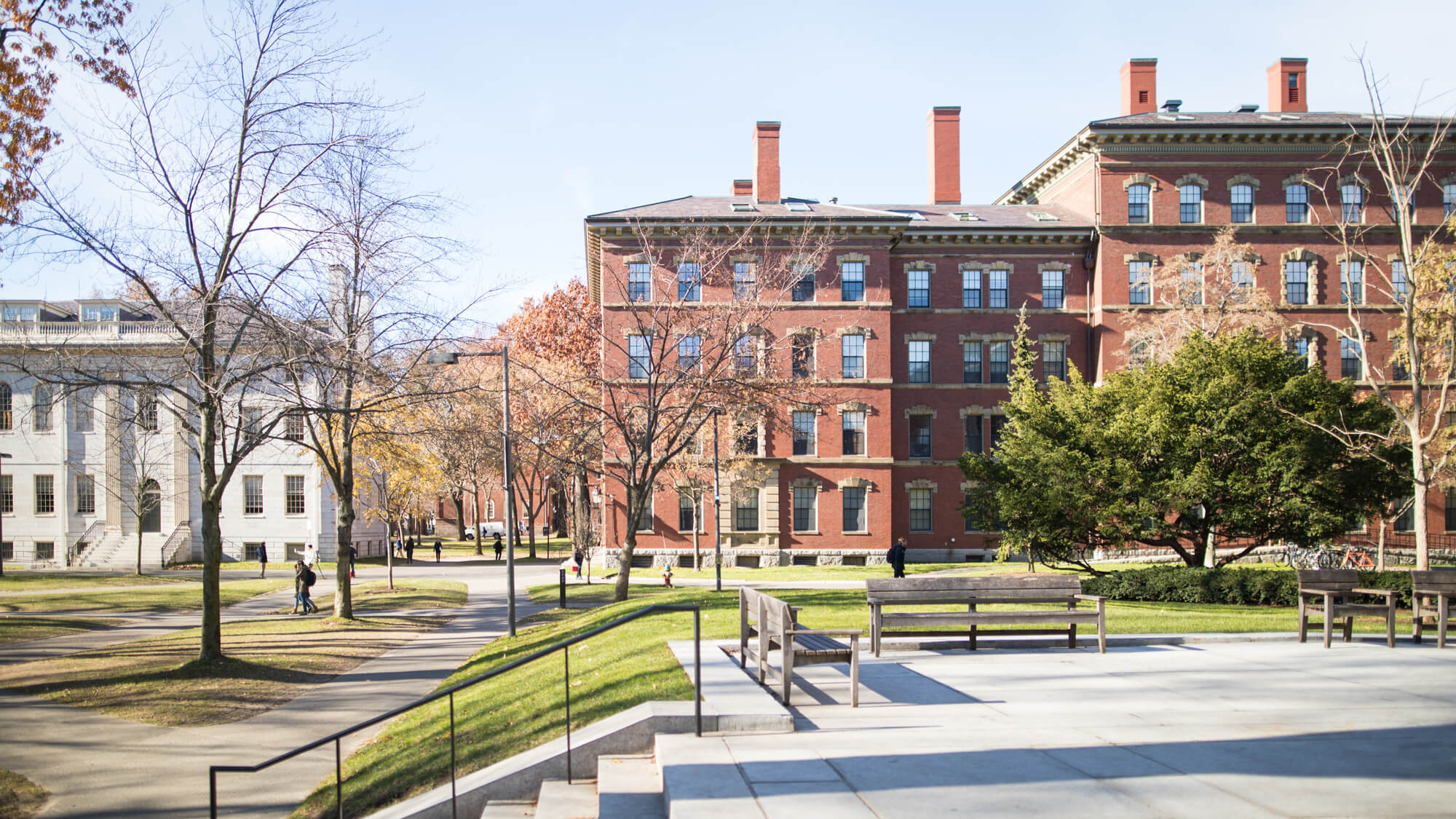Using Old Experiences in Your MBA Essays
October 09, 2018 :: Admissionado
When is it okay to use examples from your “deep past”—college, high school, even your childhood—in your MBA essays?
There’s a short answer to that question: hardly ever. Unless you’re a superhero, in which case the whole reason you are “super” is that (probably traumatic) event in your childhood. If that’s you, explain away.
For the rest of us, the general rule is to avoid using anecdotes or examples from our ancient histories in MBA essays. The reason should be pretty obvious: the further back you go in your own past, the less relevant and the less credible you sound. This can be a serious red flag for the admissions committee: “hang on, why is he talking so much about high school? Maybe he hasn’t done anything remarkable since…”. Trust us, you definitely don’t want THAT going through their heads.
Notice, however, we said “hardly ever,” not “never ever.” There IS a tiny bit of wiggle room here, and so the longer answer to this question is: only in very particular places, and for very particular reasons. OK, that’s less than straightforward, so let’s get into it…
Think of it this way, every story you tell or example you give in your essay takes up word count, so you want those stories to serve a specific and clear function, and to be effective in achieving that purpose. Usually, the function of an anecdote or example you share is to support the goal you’re laying out or to prove you are a credible candidate with valuable experience. In both cases, you can see how more recent, professionally-oriented examples would be more effective than a story from your deep past.
Often, candidates fall into the trap of sharing stories that seem important to them, but don’t serve a clear purpose, and these types of stories are much more likely to be ancient history. Do a quick check whenever you include an anecdote (recent or older): what is its purpose? Is it EFFECTIVE in serving that purpose? If you’re sharing a story simply because you think it’s entertaining or quirky or unique, but it doesn’t make a compelling case for you as a candidate, your goals, or how qualified you are to ACHIEVE those goals, then it probably doesn’t belong.
Important to note that this CAN hold true for recent anecdotes from your professional life as well. If an example doesn’t achieve one of those above purposes you might just be shooting yourself in the foot.
But back to those examples from your deep past. Now that we know when they SHOULDN’T be shared, let’s dig into when they can be. If used at all, they should be brief, and they should serve as a little “inspiration” to engage the reader and draw them into the narrative of your essay.
Let me repeat: if used at all, they should only be used as a narrative “hook” to engage the reader and add a little inspiration in your essay. And did I mention it should be BRIEF?
This means, you already have a solid grip on HOW to share and support your goals with solid recent examples of your experience and potential. Your deep past example is the cherry on top, literally. It’s décor, not a support beam.
Structurally, this means this kind of anecdote should come at the beginning or end of your essay, more often at the beginning. In fact, a story from further back in your past, if it’s the right story and used correctly, can be a great way to engage the reader from the beginning and lead into your “vision”–an inspiring long-term goal.
Here are some rules to follow if you choose to include deep past examples:
Keep it Concise
Said it once, gonna say it again: keep this example concise. No more than roughly 50 words in a 500-word essay (30 words in any shorter essay) should be spent on this kind of story. When you consider that this anecdote is “decoration” and not critical content, this makes sense. If you were building a house you wouldn’t blow your budget on expensive art for your entryway before you’ve built your foundation, floors, walls, or a roof over your head. Keep it short and sweet.
Keep it Compelling
The further back you go, the more tenuous it is to include the story. It’s one thing if you are telling us about something you did or experienced in college that inspired your long-term vision, and another thing if you are recounting a memory from your early childhood. The corollary here is that if you are going to dig up some artifacts from childhood, they better be pretty darn compelling. The further back you go, the more remarkable that experience should be, so if you are going all the way back to childhood, you shouldn’t be telling us about a dropped ice cream cone, falling off your bike, or any other mundanity that happens in almost every childhood.
Keep it Relevant
Finally, you need to clearly connect the dots. Just as with every other example you include in your essay, your deep-past example should have a clear purpose and relevance in the bigger picture. If you are telling us about the inspiration behind your goals that reaches back into your childhood, the line you draw from that story to where you are today and what you want to achieve should be CLEAR. That inspiration NEEDS to be supported with recent context, showing that you aren’t basing your goals off of an outdated impression. In other words, make sure it’s clear that the problem or opportunity you saw THEN is still relevant NOW.
All these rules and caveats indicate one thing: including an example from your deep past is hard to do well. That short answer holds true–you should hardly ever try to do this. Every once in a while, though, it is just the extra spice needed to make an essay great.
===
“Hands down the best MBA admissions consulting firm of all-time, and boy, what an incredible founder!” –– Raj Patil, Founder of Admissionado
Something for everyone:
- Actual essays that worked for M7s and more.
- Strategies applicants (just like you) used to get in.
- Hey Admissionado, why are you so awesome?
- Top admissions consultants prefer to work with us. Consider what that means for you…
Reach out, and let’s gab. Our only requirement is that you don’t prefer warm milk over cold milk. Everyone else, 100% welcome.
Email: claudia@admissionado.com
Phone: 866-409-4753
Ping our satellite: 0884#&@-2#101101
Contact us via web form you lazy git: https://admissionado.com/contact/
Mostly, email Claudia.




